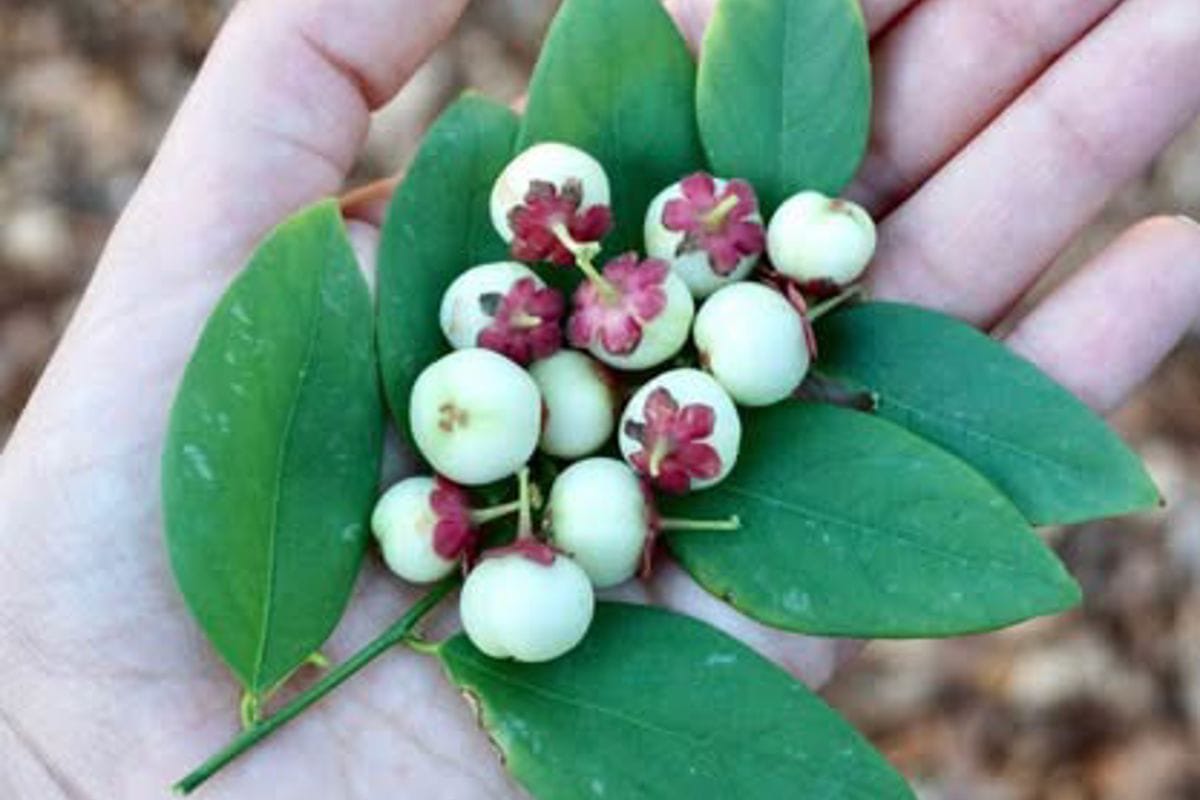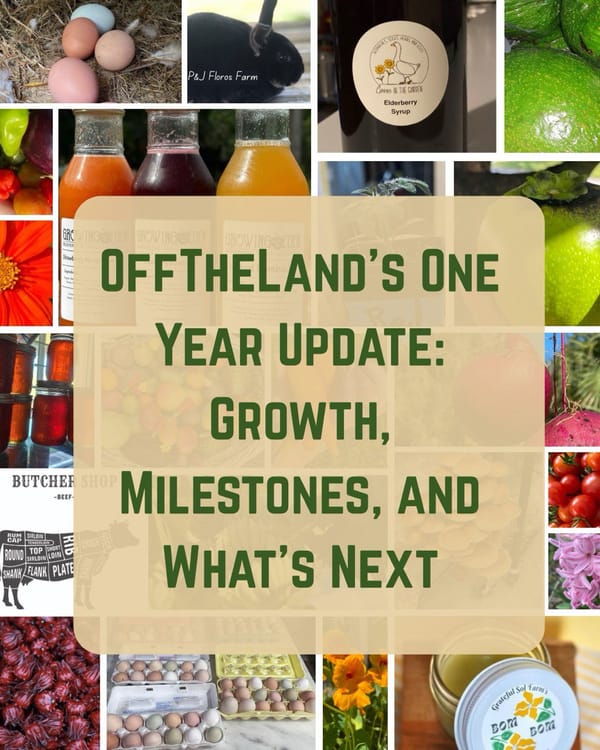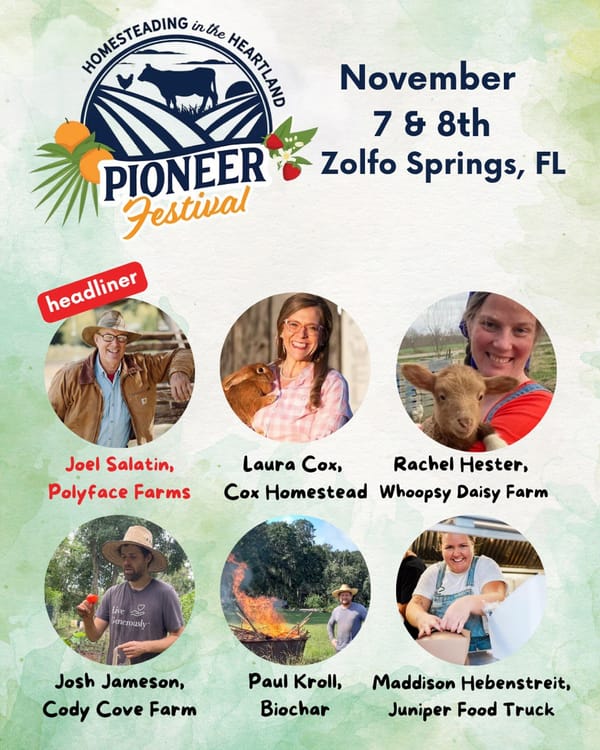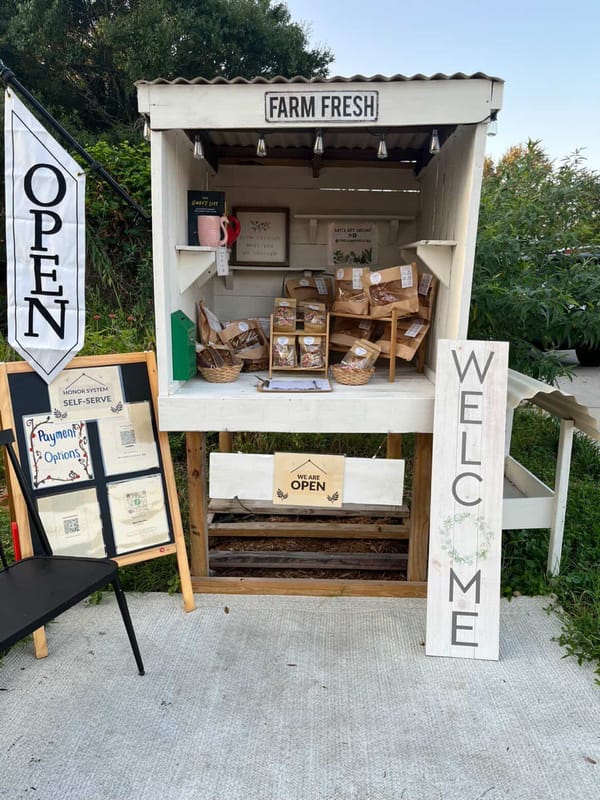Katuk: The Sweet Leaf Supergreen for Your Florida Food Forest

Katuk may not get the Instagram fame of kale or the Whole Foods shelf space of spinach, but for those of us growing in Florida or subtropical zones, it’s a total hit. It’s packed with nutrients, easy to grow in poor soils, grows like a champ in shady corners, and just keeps on giving.
But what is it really, and is it safe to eat? Let’s talk about it.
1) Katuk is a food forest all-star hiding in your hedge.
Most folks have never heard of katuk (also known as sweet leaf, star gooseberry, or Sauropus androgynus), but it’s a long-loved backyard crop across Southeast Asia.
Left alone, katuk will grow 6 to 10 feet tall and fill out like a lush hedge. It’s perfect for layering into a permaculture setup or tucking into that half-shaded spot where tomatoes gave up. And unlike lettuce or kale that turn bitter in heat, katuk thrives in humidity and laughs at Florida summers.
Snip off the young tips and leaves as needed—they’ll grow right back. You can stir-fry them, toss into soups, cook them with eggs, or even eat a few raw like pea shoots. (More on that in the safety section below.)
2) It’s loaded with nutrients...like way more than spinach.
Katuk has about 7 grams of protein per 100g of leaves. That’s right—leafy protein! It’s also high in vitamin C, beta-carotene, calcium, iron, and even has some B vitamins like folate.
In many parts of Asia, katuk is given to new moms as a galactagogue (a natural way to help with breastmilk production). So if you’re building a homestead medicine chest or functional food garden, this one definitely earns a spot.
3) It’s not picky about soil, water, or sun.
Florida gardeners rejoice: you do not need perfect soil to grow katuk. It likes moisture and fertility, sure, but I’ve seen it thriving in sandy fill dirt with just a little mulch love.
You’ll get the best results in part-shade, but it can also grow in full sun if it has enough water. In North Florida or colder zones, it might die back in winter or need protection from frost, but in South and Central Florida, it’s practically set-it-and-forget-it.
Once katuk is established, you can take cuttings and root new plants just by sticking them in soil. It’s one of those plants that makes you feel like a gardening genius.
4) Safety note: cook it, don’t juice it.
Here’s the part where we pause the garden party.
In the 1990s, a bunch of health-conscious folks in Taiwan started drinking raw katuk juice in large amounts (like, daily smoothies made of raw katuk leaves). After several months, many of them developed serious lung problems. Some even ended up with permanent damage.
Why? Turns out katuk contains an alkaloid called papaverine. It’s fine in small amounts, and it breaks down when you cook the leaves, but drinking raw katuk in bulk was a bad idea.
Moral of the story: stir-fry your katuk, add it to soups, fold it into egg dishes,but skip the raw smoothies.
If you’re growing for home use, there’s no reason to worry. Just treat katuk like you would spinach or cassava: cook it, then enjoy.
5) It fits perfectly into OffTheLand gardening culture.
Katuk checks all the right boxes for the OffTheLand community:
- Easy to grow from cuttings
- Low maintenance
- Thrives in Florida heat
- Supports nutrition and herbal traditions
- Abundant and sharable
Whether you're a homesteader trying to stack functions, an herbalist looking for high-vitamin greens, or just a neighbor with more plants than freezer space, katuk is a powerful player.
We’d love to see more folks trading cuttings, swapping recipes, and helping each other grow more food right in our neighborhoods. So if you’ve got extra katuk, list it for sale, barter, or to give away. If you want to try it, post it on your wishlist (coming soon). This is the kind of edible perennial that turns local food into a lifestyle.
Summary & Future Vision
Katuk is one of those quiet champions in the plant world. It’s nutritious, resilient, and built for subtropical living. In a world where most leafy greens are bred to be shipped thousands of miles, katuk grows ten feet from your kitchen and tastes better than half the stuff in the grocery aisle.
Visualize a future where katuk grows in every Florida backyard, tucked between papayas and cassava, feeding kids, energizing elders, and giving homesteaders something delicious to barter at the local level.
And in this vision, we’re all connected, sharing cuttings, recipes, wisdom, and seasonal abundance. That’s the OffTheLand future, and katuk fits right in.
Grab some clippers and go find your nearest sweet leaf. It’s probably already growing in your neighbor’s yard.
Looking for katuk seeds or cuttings?
Find them on OffTheLand.net from neighbors near you who are sharing, selling, or trading plants in your area.
Do you have insights about katuk or other hero plants that love Florida summers? Let us know in the comments!





